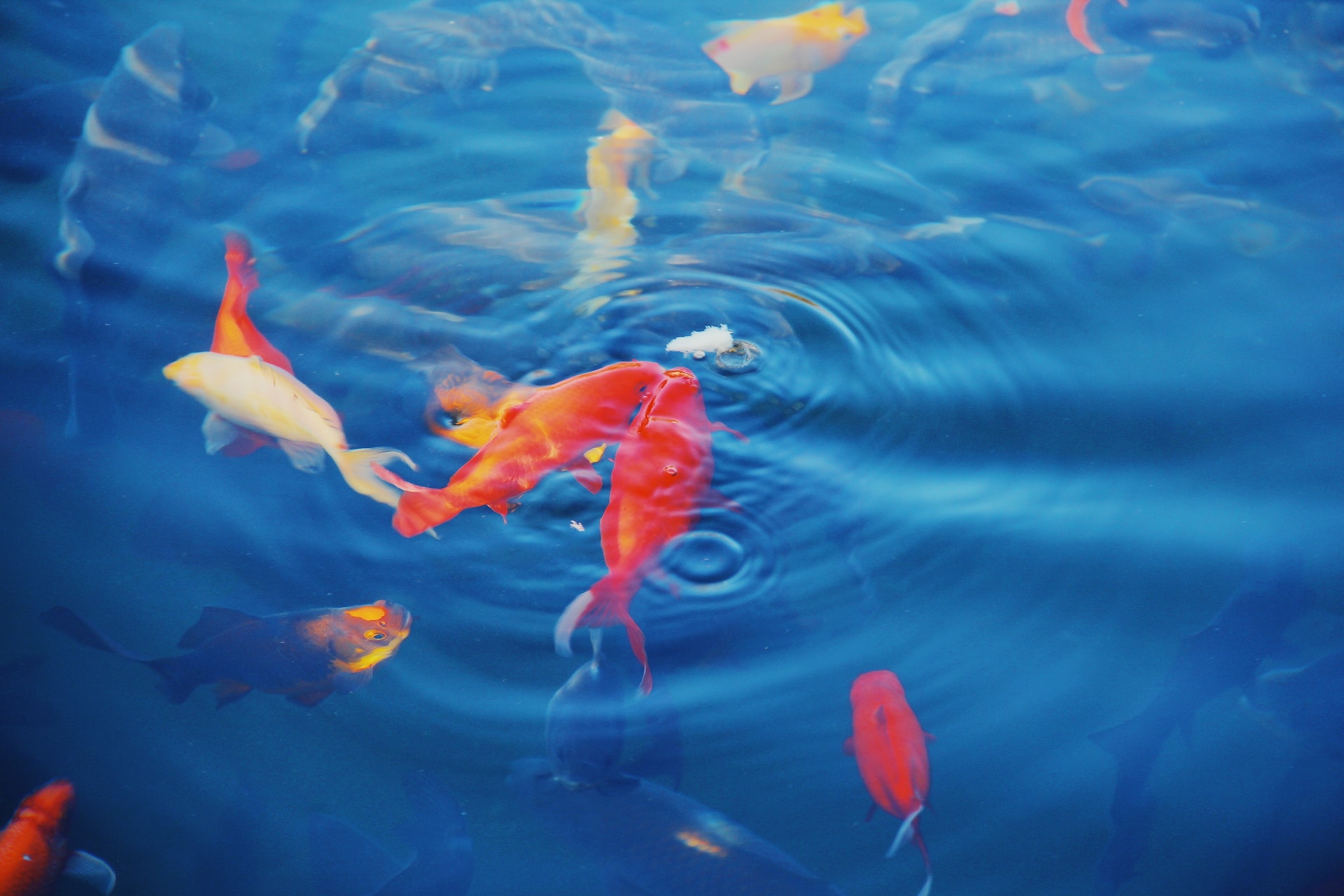Feeding fish is a fundamental aspect of aquarium care, but knowing how often to feed them can be a puzzle for both new and experienced aquarists.
Overfeeding can lead to poor water quality and health problems, while underfeeding isn’t good for their development.
This article aims to provide a clear understanding of the feeding frequency required for fish, ensuring they thrive in their aquatic environment.
Understanding Fish Feeding Basics
Fish feeding varies significantly depending on the species, age, water temperature, and the type of food used. Most fish do well with being fed once or twice a day. Younger fish or fry might require more frequent feeding, as they are growing rapidly.
Factors Influencing Feeding Frequency
1. Fish Species
Herbivore fish need frequent feeding as their natural diet of algae and plants is less calorically dense. Carnivorous fish, eating protein-rich diets, may require less frequent feeding.
2. Age of the Fish
Juvenile fish benefit from small, more frequent feedings, often three to four times a day, to support their growth. Adult fish are typically fine with once or twice a day.
3. Type of Food
The food type also plays a role. Flake foods, for instance, are digested faster than pellets or frozen food, which might affect how often fish need to be fed.
4. Water Temperature
In warmer water, fish metabolisms increase, potentially requiring more frequent feedings. Cooler water slows metabolism, so they might need less food.
The Consequences of Overfeeding
Overfeeding fish is a common issue in aquarium care. It leads to uneaten food decomposing in the tank, which can foul the water, increase ammonia levels, and result in harmful bacteria and algae growth. Monitoring feeding amounts and times is crucial to maintaining a healthy aquarium environment.
Best Practices for Feeding Fish
1. Consistency is Key
Feed your fish at the same times each day. This regularity helps maintain their metabolism and reduces stress.
2. Right Amount
As a general rule, feed no more than what your fish can consume in two to three minutes. Any excess food should be removed from the tank.
3. Variety in Diet
Including a variety of foods in your fish’s diet ensures they receive all necessary nutrients. Consider a mix of flakes, pellets, frozen, and live foods, depending on the species.
4. Observing Behavior
Pay attention to your fish’s behavior and appearance. Changes can indicate whether their dietary needs are being met.
Conclusion
Determining the right feeding frequency for your fish involves understanding their specific needs and behaviors.
Regular, controlled feeding not only benefits the fish’s health but also contributes to a balanced and clean aquarium ecosystem. Remember, an informed approach to feeding is key to the well-being of your aquatic pets.


Comments are closed.